What Causes Spider Veins?
Also known as thread veins, spider veins are small clusters of veins that form just beneath the surface of the skin. These clusters often resemble a spider's legs, and they result in red, purple, or blue discoloration. Spider veins are most prevalent in women, and they frequently appear on the thighs, ankles, calves, and face. Most spider veins are easily visible beneath the skin, and this can cause patients to feel self-conscious. Unlike varicose veins, spider veins do not produce bulges under the skin; they are level with the skin's surface. While spider veins are not normally a sign of a medical issue and are not usually painful, patients may want to receive treatment to reduce the appearance of these veins. To diagnose spider veins, doctors perform an ultrasound to investigate blood flow within the veins and to look for any leaks or potential clots. If a clot is suspected, the patient may need to have a venogram. Patients who have mild spider veins that do not cause pain often benefit from wearing compression stockings that can improve blood flow to the legs. Nonsurgical and surgical procedures may be appropriate for patients who have larger spider veins that produce symptoms.
The major causes of spider veins are outlined below.
Being Overweight
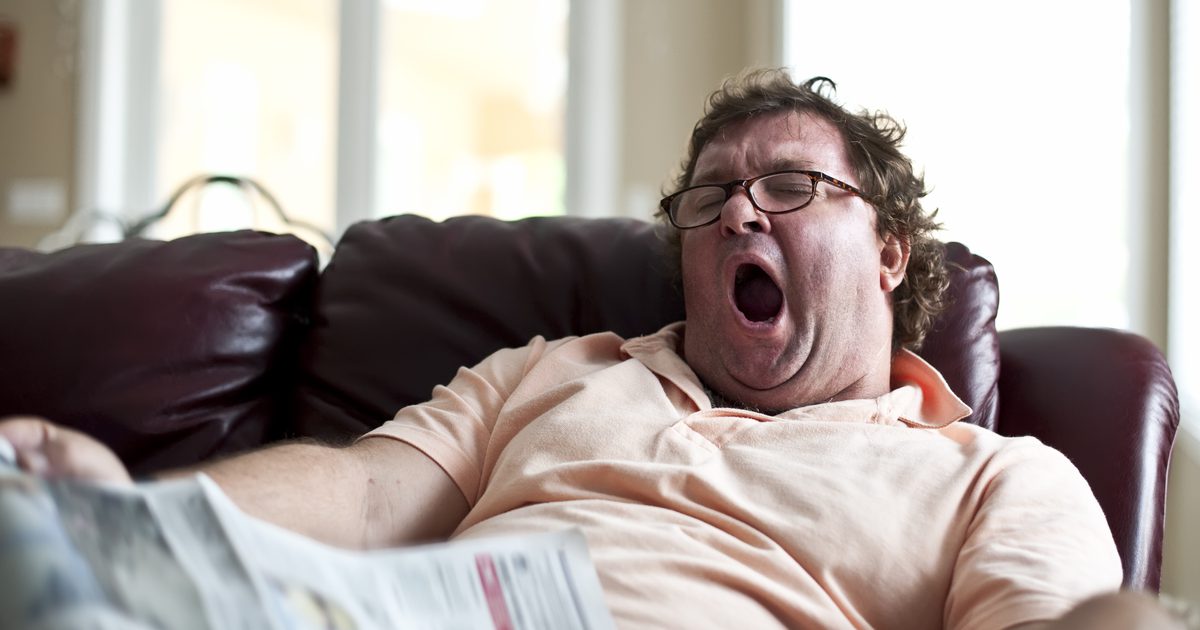
Being overweight or obese places increased pressure on the veins, especially in the legs. Patients who carry extra body weight have a higher risk of impaired vein function, and they usually have more severe declines in venous function than patients of a healthy weight. In addition, the venous reflex scores of overweight and obese individuals are worse than those of patients at a healthy weight. Losing weight and increasing physical activity can improve venous function and potentially minimize the appearance of spider veins. These steps may also prevent the formation of new spider veins. Patients who seek to lose weight should check with their doctor about the most effective weight loss methods for their individual health needs. Consulting with a nutritionist can help with healthy meal planning, and some patients may benefit from prescription medications or surgical weight loss options. Working with a personal trainer can provide motivation for increased physical activity, and some patients might want to wear a fitness tracker to count their daily steps.
Read more about what can cause spider veins now.
Genetics
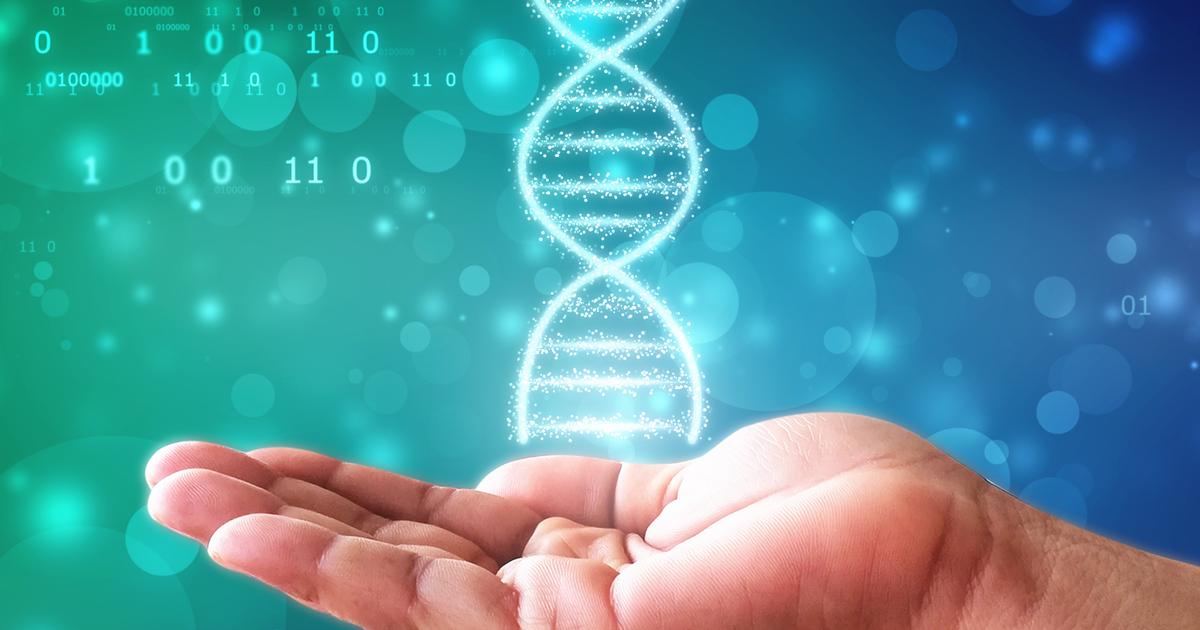
The development of spider veins seems to be strongly related to genetics. In fact, studies show ninety percent of patients with spider veins have a family history of this issue. While the exact relationship between genetics and spider veins is still being researched, scientists currently believe genetics could increase a patient's risk of conditions such as chronic venous insufficiency and varicose veins, both of which may increase an individual's chances of developing spider veins. Genetic factors could also contribute to having veins that are naturally weaker than normal, and these weaknesses could increase the risk of venous damage and spider veins. Patients who have a family history of spider veins or other vein issues may want to take steps that could prevent spider vein formation. Doctors recommend elevating the legs above the heart for a while each day, and regular physical activity can help maintain healthy venous function.
Discover additional causes of spider veins now.
History Of Blood Clots
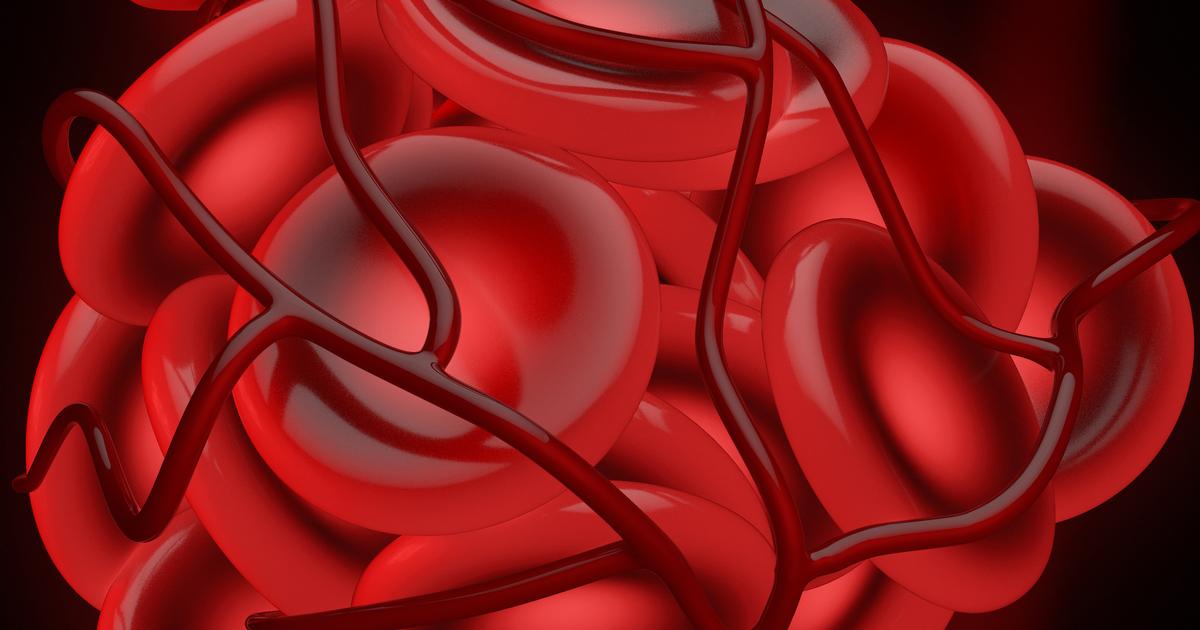
A history of blood clots is a potential contributing factor that could elevate a patient's risk for spider veins. Blood clots are gel-like clumps of blood and fibrin that may form if an individual has impaired or slow circulation. Clots often form in the deep veins of the legs, and this condition is known as deep vein thrombosis. While immobile clots may not be harmful, some clots may move to the lungs or other vital organs and become potentially life-threatening. Potential signs of blood clots include shortness of breath, chest pain, lightheadedness, and speech difficulties. Patients who have blood clots in the legs (deep vein thrombosis) may notice early symptoms such as warmth, swelling, redness, or pain in a particular area of the leg. Individuals who notice any of these signs should have an urgent medical examination. Doctors can perform blood tests and ultrasounds to diagnose clots, and medication to dissolve the clot can be administered.
Continue to reveal more causes behind spider veins now.
Sun Damage

Patients who have sun damage are at an increased risk of experiencing spider veins on the face. The face is typically exposed to ultraviolet rays from the sun for longer and more frequent periods than other parts of the body, and patients may not apply sunscreen to the face regularly. To prevent vein issues from sun damage, doctors recommend patients apply sunscreen whenever they are outside. Sunscreen should be applied year-round, and patients still need to wear it on cloudy days. While many cosmetics have SPF (sun protection factor) 15, dermatologists generally recommend patients choose products with at least SPF 30 for maximum protection. Sunscreen needs to be reapplied if the patient has been sweating or swimming. Wearing a wide-brimmed hat can help to deflect the sun's rays, and staying inside during the hours of 10 a.m. and 4 p.m. could prevent exposure to the strongest ultraviolet rays. Since sun damage can raise the risk of skin cancer, patients should consider having a yearly skin examination performed by a dermatologist. Dermatologists can also provide advice about ways to reduce the appearance of spider veins.
Learn more about what may cause spider veins now.
Prolonged Sitting Or Standing

Veins work to transport blood back to the heart. The veins in the legs must complete this task while working against gravity. To reach the heart, blood from the legs must be transported over a longer distance than blood that travels from anywhere else in the body. These factors account for the increased prevalence of spider veins in the legs, and prolonged sitting or standing is known to worsen spider veins. When an individual stands or sits in the same posture for an extended period, the veins must work even harder to move blood to the heart. Remaining in the same posture without any movement can also cause blood circulation to slow. Patients who work in occupations that require sitting or standing for long periods, including teachers and office workers, are at a naturally increased risk of spider veins. To minimize this risk, doctors recommend that individuals take a break every thirty minutes to stand up and walk. Walking and changing position both help to improve blood flow. When sitting, elevating the feet on a footstool makes it easier for the veins to transport blood to the heart. Wearing compression socks can also increase blood flow. Patients interested in purchasing these stockings should ask a doctor about the most appropriate type for their health needs.
Keep reading to learn more about the different causes of spider veins now.
Constipation
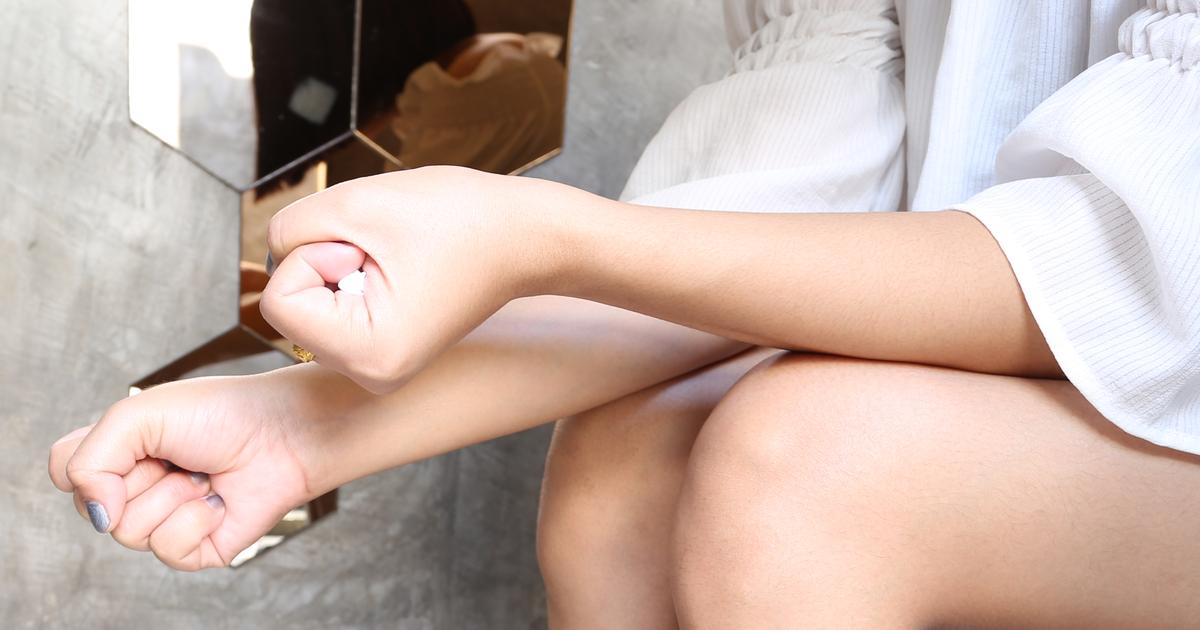
It might surprise some to learn spider veins can be caused by constipation. Being constipated temporarily isn't likely to cause spider veins to develop, but chronic constipation can. Any condition that increases the pressure against an individual's abdomen or legs can cause spider veins to develop. Constipation occurs when bowel movements happen less often or are difficult to pass. The majority of causes of constipation aren't serious. Some cases of constipation can be relieved by making simple diet changes, such as adding more fiber. Different individuals have different frequencies of their bowel movements, so what is normal to one might not be for another. However, more than three days without a bowel movement tends to be too long for the vast majority of individuals. Three days causes the fecal matter to harden and become more difficult to pass. If individuals do experience chronic constipation that doesn't get better with lifestyle and diet changes, they should talk to a doctor.
Learn more about what can cause spider veins now.
Hormone Replacement Therapy
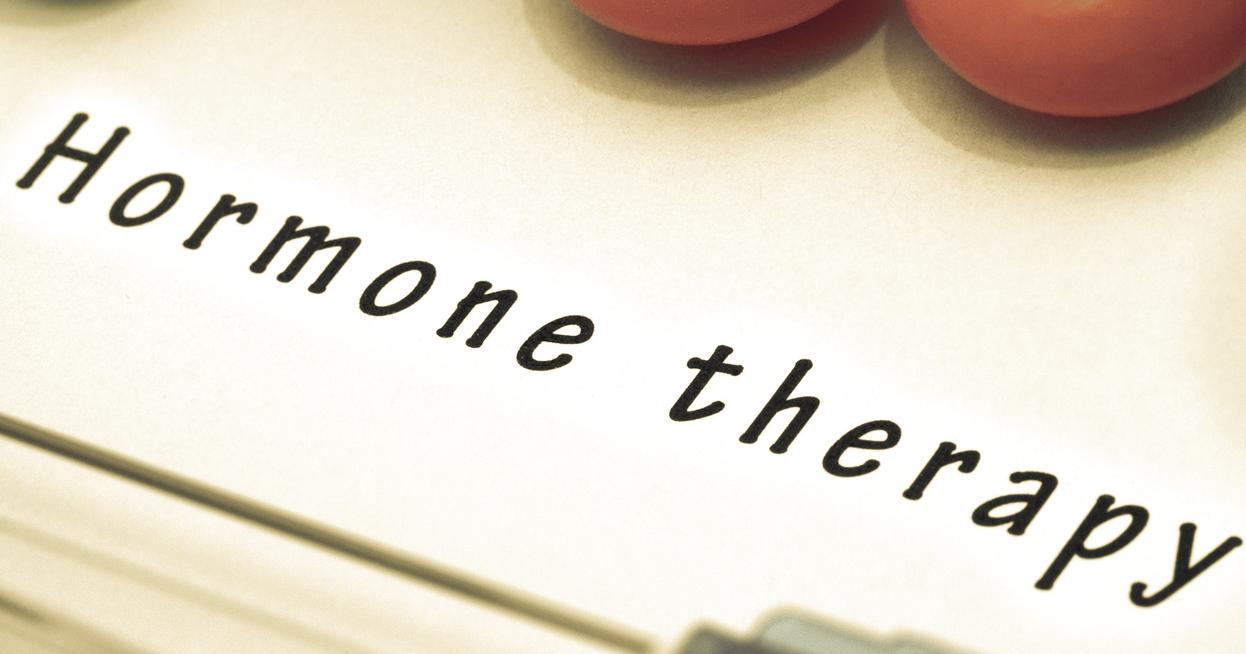
Individuals who take hormonal birth control, are a menopausal woman getting hormone replacement therapy, or are a transgender woman who takes estrogen, might have a higher likelihood of developing spider veins, as estrogen can weaken the valves in the veins. Estrogen hormone therapy is available in a variety of different formats. The right kind of hormone replacement therapy varies from patient to patient based on personal preferences, symptoms, health, and the goal of treatment. Individuals with uteruses tend to have progestin and estrogen given in combination, while those without uteruses tend to have just estrogen. Estrogen replacement therapy is most commonly offered through oral medication, which helps reduce menopause symptoms, and some studies indicate they can lower an individual's osteoporosis risk. However, these patients will have an increased chance of spider veins and may also have an increased risk of developing blood clots or having a stroke. When combined with progestin, they might also have a higher risk of heart attacks and breast cancer.
Uncover more causes of spider veins now.
Tumors Causing Abdominal Pressure
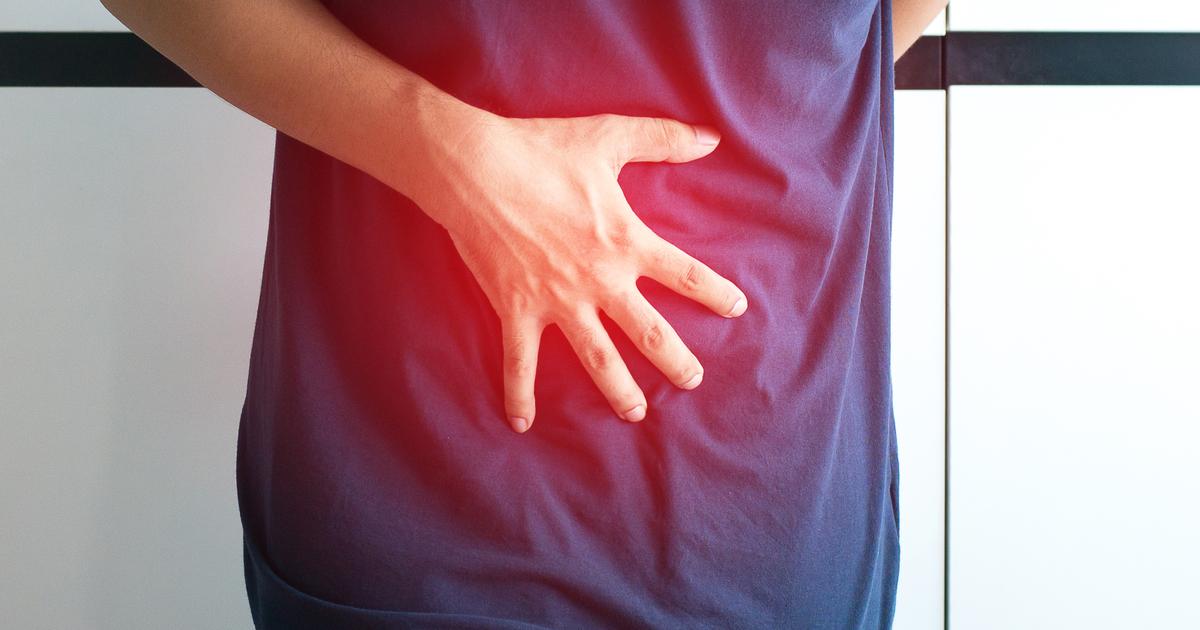
Any unusual and prolonged pressure against the abdomen can lead to spider veins, including tumors. The tumor might be benign, which means it isn't cancerous, but if it's causing severe enough pressure to lead to spider veins, patients might need to get it surgically removed anyway. The doctor will do imaging tests to determine where any tumors are. They may also do diagnostic tests to determine whether the tumor is benign or malignant. From there, they will help devise a treatment plan. It is much rarer for spider veins to be caused by tumors than to be caused by other conditions or environmental factors. Patients should see a doctor if their spider veins feel warm and tender when touched, or if they're red. They should also see a doctor if they develop open sores in the skin, or if home remedies for the problem aren't helping.
Read more about spider vein causes now.
Vein Surgery
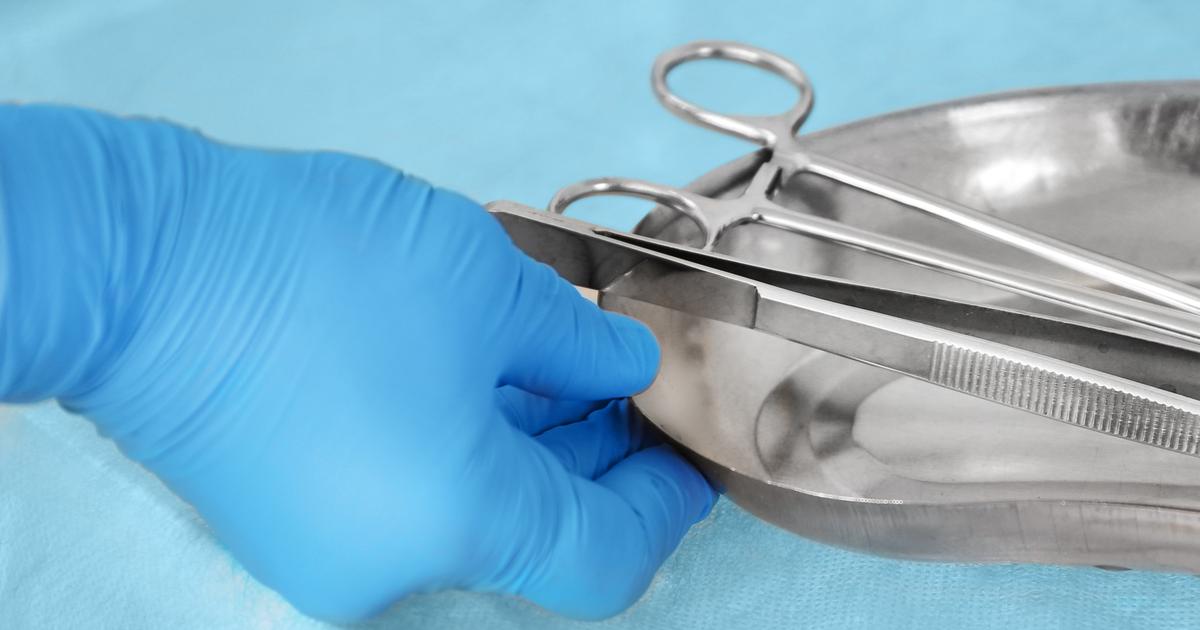
Vein surgery can sometimes cause spider veins, if the surgery leads to the valves in the patient's veins becoming damaged or malfunctioning. Valves weakened by surgery may not be able to keep blood flowing toward the heart because they stay open instead of closing. Weak valves might also develop if the walls of the veins are weak, which can also be caused by vein surgery. Weakened vein walls aren't as elastic as they normally are, and instead resemble a rubber band that's stretched too tightly. The valve flaps separate when the vein stretches and widens, preventing the healthy flow of blood. Separated valves, which might be caused by surgery, aren't able to hold back the blood from flowing backward. The backflow causes more stretching and twisting, which then causes the veins to become twisted and large. Spider veins are often treated with vein surgery, but this surgery can also cause more to develop.
Keep reading to uncover information on more causes of spider veins now.
Skin Injuries

Some individuals have reported they developed spider veins after an injury or trauma to their skin. Skin injuries and leg injuries might damage the valves that control blood flow. Some individuals might only experience spider veins in the injured area. For others, the backflow of blood might lead other valves to become weaker, which in turn will cause spider veins to develop in other places in the legs or abdomen. Injuries might also make existing spider veins worse, though this isn't always the case. There are several different types of skin injury, and not every injury that might cause spider veins is severe. Tears, gashes, lacerations, and cuts are skin injuries that move through the skin to the fatty tissue underneath. Floor burns, scratches, abrasions, and scrapes are surface wounds and don't go all the way through the skin. Bruises are bleeding under the skin caused by damage to blood vessels. Surface abrasions are unlikely to contribute to spider veins unless they cause very unusual damage to blood vessel valves. Meanwhile, cuts and gashes deep enough to bleed are more likely to cause valve damage.